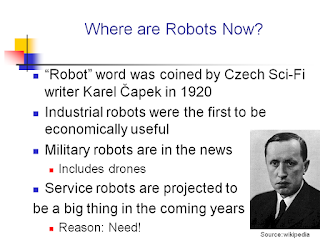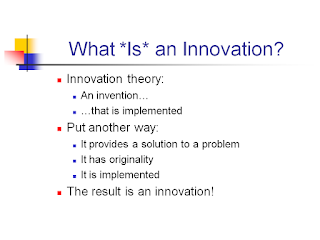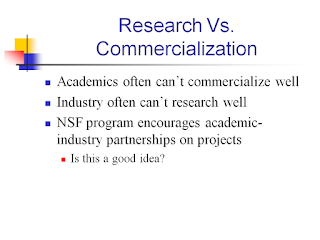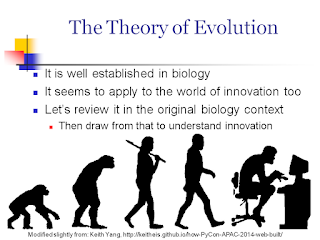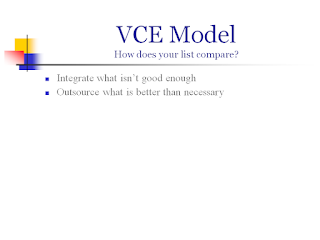Update notes: Check current state of NRI which is NRI 2.0. Then review NRI lecture and update as needed:
to do this see https://www.nsf.gov/funding/pgm_summ.jsp?pims_id=503641
Robots and the Future...
If robots could do all the work
We could all be on permanent vacation
Would this be a good idea?
If robots could do all the work
We could all be out of work and hungry
What determines which scenario occurs?
 Source: techcrunch.com/2017/03/31/we-need-a-new-deal-to-address-the-economic-risks-of-automation/
Source: techcrunch.com/2017/03/31/we-need-a-new-deal-to-address-the-economic-risks-of-automation/
 source: www.makeuseof.com/tag/happens-robots-can-jobs/
source: www.makeuseof.com/tag/happens-robots-can-jobs/
From Need to Economic Opportunity
- Governments what their country to have robotics industry leadership
- This is economics... it means $$$
- US, China, EU, Taiwan, S. Korea, Japan, Netherlands all have...
- Strategic documents guiding national efforts
The Made in China 2025 plan
- Includes dominating industrial robotics
- Already well on the way
The US Effort
- The National Robotics Initiative (NRI 2.0)
- Created 2011
- Focuses on co-robots
- Definition updated 2020
- Robots that work with people or other robots to accomplish a goal
- Can't do that with current industrial robots
- Funding for researchers from
- NSF, NASA, NIH, USDA, NIOSH
Current plan is called -
- "...support fundamental research in the United States that will accelerate the development and use of...co-robots"
National Science Foundation effort
- Emphasis on funding robotics research resulting in
- Was:
- open architectures and reusable tool kits
- Now:
- Ubiquity through
- Scalability, customizability, lowering barriers to entry, and societal impact
- Idea is that this will catalyze economic progress
- ... and catapult the US into the lead
- (Note that results will necessariliy be available world wide, not just in the US)
Why Apply Innovation Theory to
Inform Gov't Efforts to Support
Robotics Research?
Economic growth depends on innovation
Spur robotics innovation to
produce more jobs
compete internationally
increase the wealth of society
How does it increase wealth?
Higher productivity per hour worked
There is then more to be spread around
Will it necessarily be spread around?
Source: www.techcrates.com/robotics-research-review/
Comments?
How compelling is that argument to you?
How does this mesh with theories of innovation?
Ref.: Verspagen, B., “Innovation and economic growth,” in The Oxford Handbook of
Innovation, J. Fagerberg, D. Mowery, and R. Nelson, Eds. Oxford: Oxford University
Press, 2005, pp. 487-513.
Verspagen:
How Do You Cope in this Verspagen World?
...Another Theory...
How Do You Cope in a Customer Centered Innovation World?
What might that be?
Recall models from last time:
The Christensen III Model...
Why?
Any Suggestions for Promoting Robotics in a VCE World?
How does the Abernathy and Utterback Model handle it?
Abernathy and Utterback Model:
Which stage should government funding encourage the most?
Which stage should government funding encourage the most?
A Model for Developing Robotics Companies





